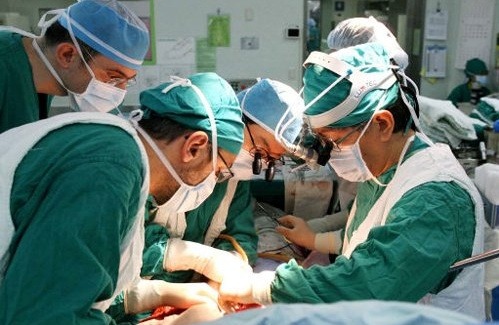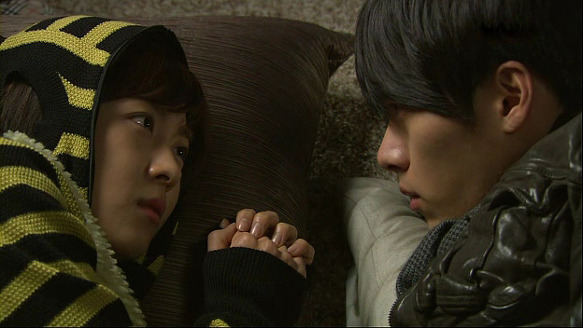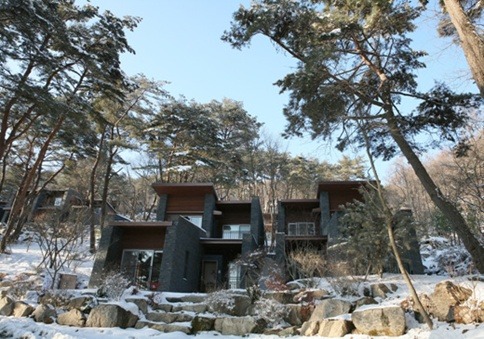Our first stop was at Chansaem Village and it is categorized under wellbeing theme. It was a 2 hour trip by bus from Seoul and it is located in Daejeon. It was not like a village that I was expected. I think the village is built only for the experience purpose. I do not know but regardless it was a really nice place. They have fresh air, really nice paddy rice field view, hills, and really good food. As soon as we arrived, we directly went to an experience house to make by ourselves our dinner: Bibimpab!
The next activity was to harvest sweet potato. We had to go to a hill but instead of walking, we took a ride by a truck. Pretty awesome. I saw people sitting on the truck many times when I was in Indonesia, I had never thought I would the one who was doing it. It was pretty thrilling and fun, though.
We actually also learnt about how the farmers plant the sweet potato and how it is different from potato. There is also certain way to harvest it, so that we will not slice the sweet potato with the tool. It was a little bit frustrating because while everybody was happy getting really big sweet tomatoes I could not even find many small ones. But, we could take our potato home!
Happy with our sweet potatoes, we went down to get some rice. At a small field of rice, we got two handful of rice stalk(?) and then by using a very traditional instrument, we separate the rice from its stalk. Not that difficult. But I wonder if you do it for the whole field, must be a really hard job.
We then took our bus again to have some experience in making Korean paper which is called HanJi (한지). I actually have witnessed the making of HanJi when I was visiting Jeonju and it was similar thing. Therefore I was not really surprised of what was going on. The fun thing was that I could make my own paper.
They actually explain the whole thing in detail, but I did not really understand. I think the process goes like this: they take the wood which is called deoknamu, then they reap it, clean it and take the white part of it, boil it, mix with with the glue, shape it by using some big instrument, and dry it. Korean paper is really famous for its quality and how it is made. There are many crafts made by Korean paper. I have once decorated a paper fan made of Korean paper when I was in Jeonju. It really has a very good quality.
With an empty stomach, we continued our trip to our accommodation in Wanju which was actually also the place we would have our next day activities. It is called Dueokhaengbokdeurim Village. Once we entered the gate, there were some people wearing traditional clothes greeted us. I recognized the clothes because I have seen a lot of Korean traditional music instrument performances. I knew we will be served a performance.
After having a really good and satisfying dinner, plus a bowl of hand-made makkoli (막걸리), a traditional alcoholic beverage of Korea made of rice, we were spoiled by traditional dances and music instrument performances. We spent a night at a traditional Korean house called Hanok (한옥) and the sleeping style is sleeping on the floor with heating system. It was a really great night under stars and fresh air, with great performances, food and drink, and most importantly, a very nice people.
Dueokhaengbokdeurim Village falls under the category of tradition. Last night we experienced traditional food, beverage, performance, and house. The next day, we experienced some other traditions. First activity of the day was to make a necklace. We had to draw our wish or whatever we wanted to draw on the necklace and we will take it to cemetery and pray for it to come true.
The next few activities were really fun. We made rice cake! It was fun because we had to hit the compound with wood hammer. Then we had this competition of which team can make the most creative rice cake. Did not matter because in the end everybody won and got the prize. We also had game competition. We had to throw stick to the basket. I actually am really good in playing basketball at the game center, but really bad in this game. My team got the second place among 3 teams. Then before having lunch, we again showed our craftsmanship by making our own jegichagi.
Before going back to Seoul, we stopped by a place where a really famous Korean TV show called (translated) 1 Night 2 Days (1박2일) had been took place. I do not really watch the show but I know it is a really famous entertainment show.
I think I have my own really amazing 1 Night 2 Days experience. I live and play in these big cities with asphalt road, concrete buildings, bunch of people. Sometimes it could be really stressful with study. Traveling and experiencing rural area was really an effective cure both physically and mentally. I really believe that rural20 project has reached its goal and it should keep going.
Thanks to President Council for Nation Branding and Rural20 Project. I have really great experiences and to have met very great and interesting people was really a pleasure in my life.
 |
| Thanks for everything guys ^^ |
Visit Rural20 Project Official Website: http://www.rural20.kr/en/
angga | 앙가







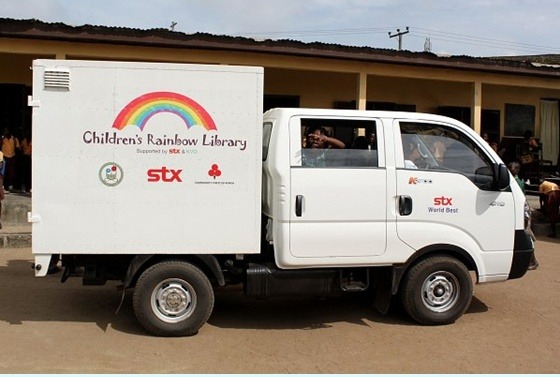
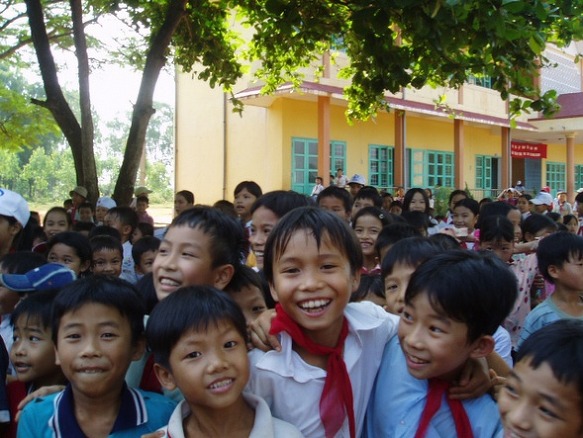


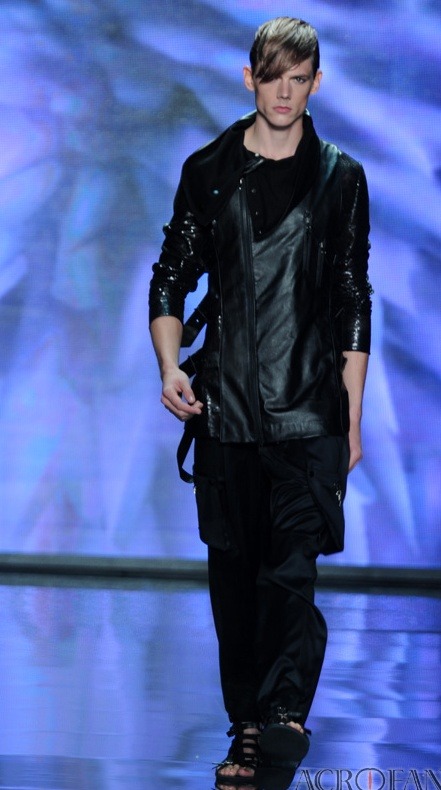


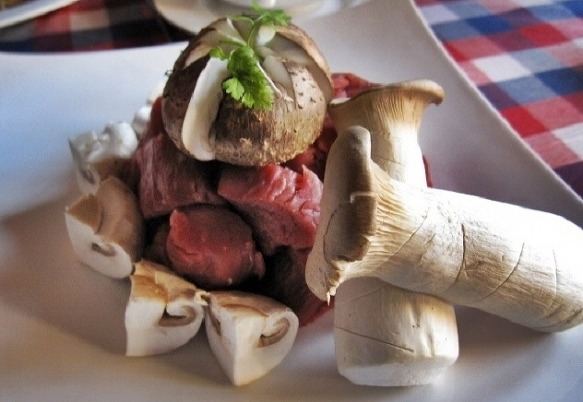

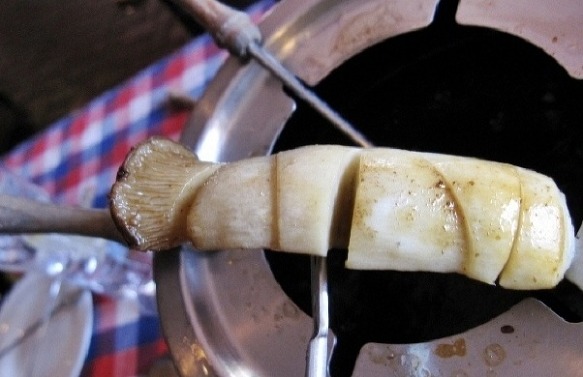
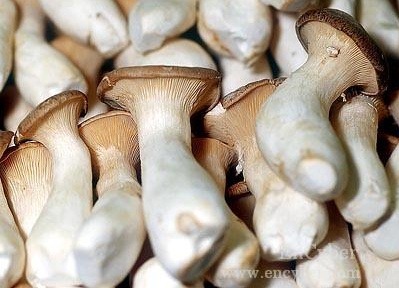 It may be no surprise that Korean mushrooms with high quality and taste has successfully created its market in Swiss. It had past 3~4 years since Korean king oyster mushrooms joined the dishes of the Swiss dining table.
It may be no surprise that Korean mushrooms with high quality and taste has successfully created its market in Swiss. It had past 3~4 years since Korean king oyster mushrooms joined the dishes of the Swiss dining table. The level of medical treatment of Korea is well recognized on the international level. The number of foreigners visiting Korea for medical surgery or treatment is increasing and every year new surgery method of Korea and its successful cases are introduced overseas.
The level of medical treatment of Korea is well recognized on the international level. The number of foreigners visiting Korea for medical surgery or treatment is increasing and every year new surgery method of Korea and its successful cases are introduced overseas.